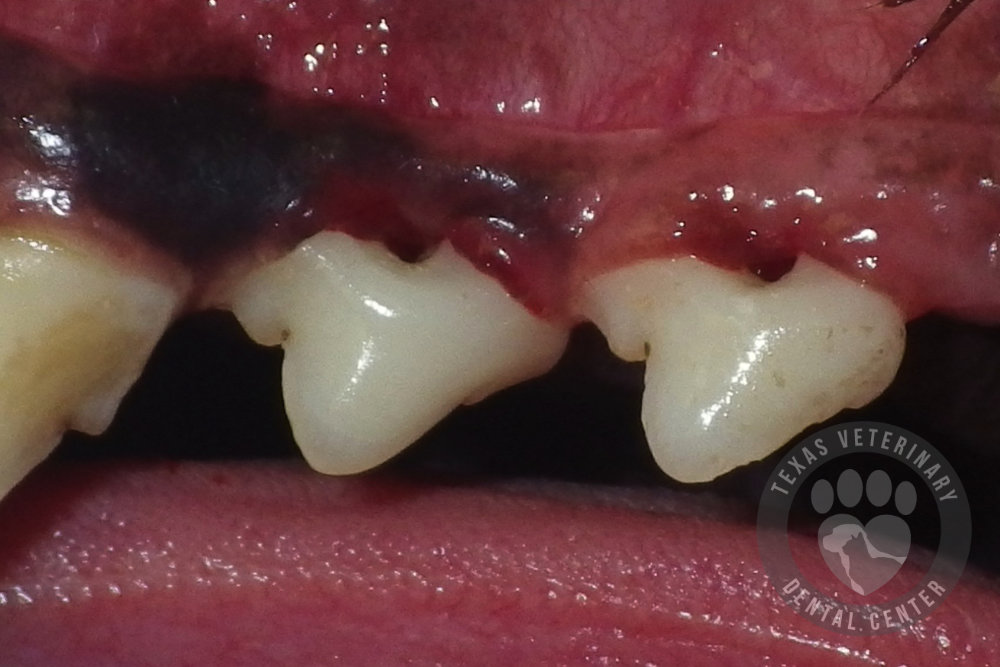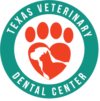Periodontal Therapy for Dogs & Cats
The periodontal tissues in a dog or cat are the gingiva, alveolar bone (tooth socket), root cementum (tissue covering the root), and periodontal ligament.

Periodontal disease is an infection of the tissues surrounding and supporting the teeth. The periodontal tissues are the gingiva (gums), periodontal ligament, cementum, and alveolar bone. The primary etiologic agent for periodontal disease is plaque bacteria. Gram-positive aerobes are the first to adhere to the tooth and are found in healthy gingiva along with some facultative anaerobes.
As periodontitis progresses the bacteria change to more gram negatives, anaerobes, rods, filamentous, and motile bacteria. Plaque may be seen on the teeth prior to the development of gingivitis. It appears as a white to gray soft material at the gingival margin. The first clinical sign of periodontal disease is gingivitis, which is caused by inflammation. Inflammation will progress and cause a breakdown in the periodontal tissues resulting in a loss of attachment. Teeth will loosen and eventually be lost. It has been proven that a relationship exists between periodontal infection and disease of the heart, lungs, liver, kidneys, and brain.
One veterinary dental prophylaxis or cleaning is not enough! It is important to understand that periodontal disease is an infection that can be controlled but not cured. Ongoing treatment of the dog or cat including professional cleanings under general anesthesia and home care are both needed to treat and control periodontal disease.
The first noticeable sign that a pet needs periodontal treatment is halitosis. After anesthetizing the pet, we will perform a clinical and radiographic evaluation of the pet’s mouth. We will document our findings in a dental examination chart. Some of the more obvious periodontal disease findings are dental calculus or tartar on the teeth, red or bleeding gums, oral ulcers, loose teeth, gingival recession, and missing teeth.
Periodontal treatment includes scaling, curettage, root planing, sulcus irrigation, scaling, polishing, and may even involve some extractions. Extracting teeth may be a part of periodontal treatment if the teeth have lost most of their supporting tissues. Another consideration for extracting diseased teeth is whether an owner will be able to brush the teeth or administer periodontal care and home treatment to their pet. If an owner is able to maintain good oral hygiene for their pet and will bring their pet for frequent treatments, some of the questionable teeth may be saved. It is important part to find out what an owner is willing and able to do in regard to home care.
Texas Veterinary Dental Center
12810 Fountain Lake Circle
Stafford, TX 77477
